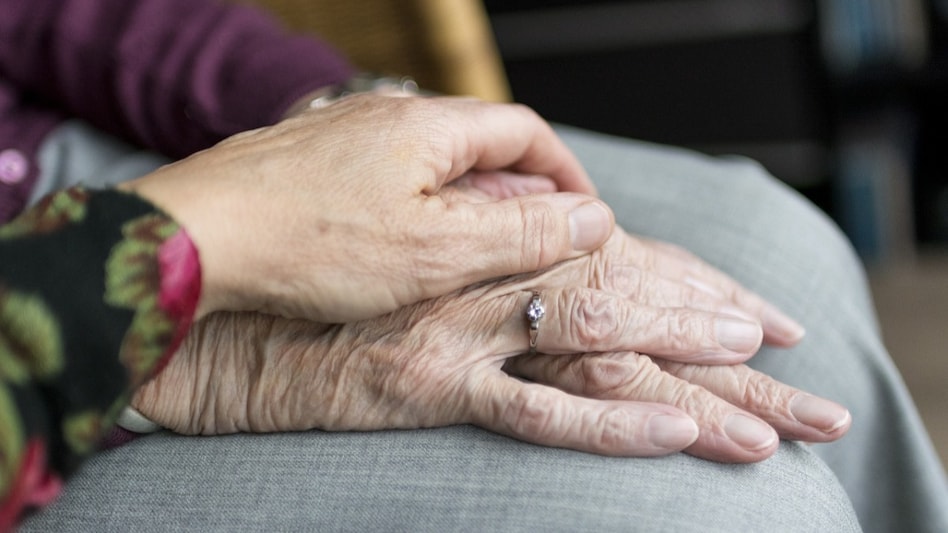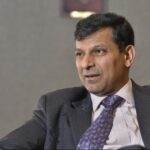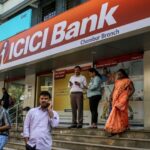The elderly population is witnessing substantial growth, a CBRE report added, and with it the demand for senior living facilities.
India is world’s fastest-growing silver economy, said CBRE
India, one of the youngest countries right now, is estimated to house 17 per cent of the world’s elderly population by 2050, according to a report. Real estate consulting firm, CBRE, in its report on the future of senior care in India, stated that India is the fastest-growing “silver economy” in the world. This makes the future growth potential of senior living and care segment in the country promising.
The elderly population is witnessing substantial growth, the report added, and with it the demand for senior living facilities.
There are 18,000 units spread throughout the country as the senior care landscape continues to rapidly evolve. Leading the trend is the southern region that is contributing 62 per cent of the overall supply in organised senior living and care segments, driven by several factors, including higher affordability levels and a growing acceptance of nuclear family structures.
“Additionally, the southern states boast prominent healthcare facilities, facilitating access to tertiary healthcare and fostering awareness of geriatric care services. Also, the availability of trained staff, given the region’s focus on the healthcare sector, further enhances the quality of senior care,” it said, adding that major players are concentrated in cities such as Chennai, Coimbatore, and Bangalore. Senior care units are also cropping up in Chennai, Bengaluru, Hyderabad, Coimbatore, Pune & NCR.
Haryana, Rajasthan, Uttarakhand, Uttar Pradesh, and Himachal Pradesh, which holds 25 per cent of the market share of senior living and care units are also some of the other prominent zones.
Maharashtra, Gujarat, West Bengal, and Madhya Pradesh account for13 per cent of the senior living units, while the distribution is sparse in northern and western regions, including cities such as Delhi-NCR, Pune, and Jaipur.
The estimated target for senior living facilities in 2024 is around 1 million, which is expected to grow to 2.5 million in the next 10 years.
Currently, there are approximately 150 million elderly individuals in India, which is expected to rise to 230 million over the next 10-12 years. The elderly care market has been increasing steadily particularly since the COVID-19 pandemic.
The CBRE report added that India’s senior population is growing faster than the overall population, and there is a rise in nuclear families too. The old age dependency ratio is expected to rise from 16 per cent in 2020 to 34 per cent in 2050. Almost 70 per cent of senior citizens in India have chronic illnesses, including diabetes, vision-related ailments, and hypertension.
Anshuman Magazine, Chairman & CEO – India, South-East Asia, Middle East & Africa, CBRE, said, “India’s senior population is expected to experience a remarkable 254 per cent growth, making it the fastest-growing demographic segment globally. By 2050, India is projected to house up to 340 million seniors, constituting approximately 17 per cent of the world’s elderly population. India has experienced a significant surge in the number of senior living projects over the past decade, reflecting the growing acceptance and demand in this sector.”










